How to see the super snow moon tonight
Biggest and brighter supermoon of 2019 set to light up the sky
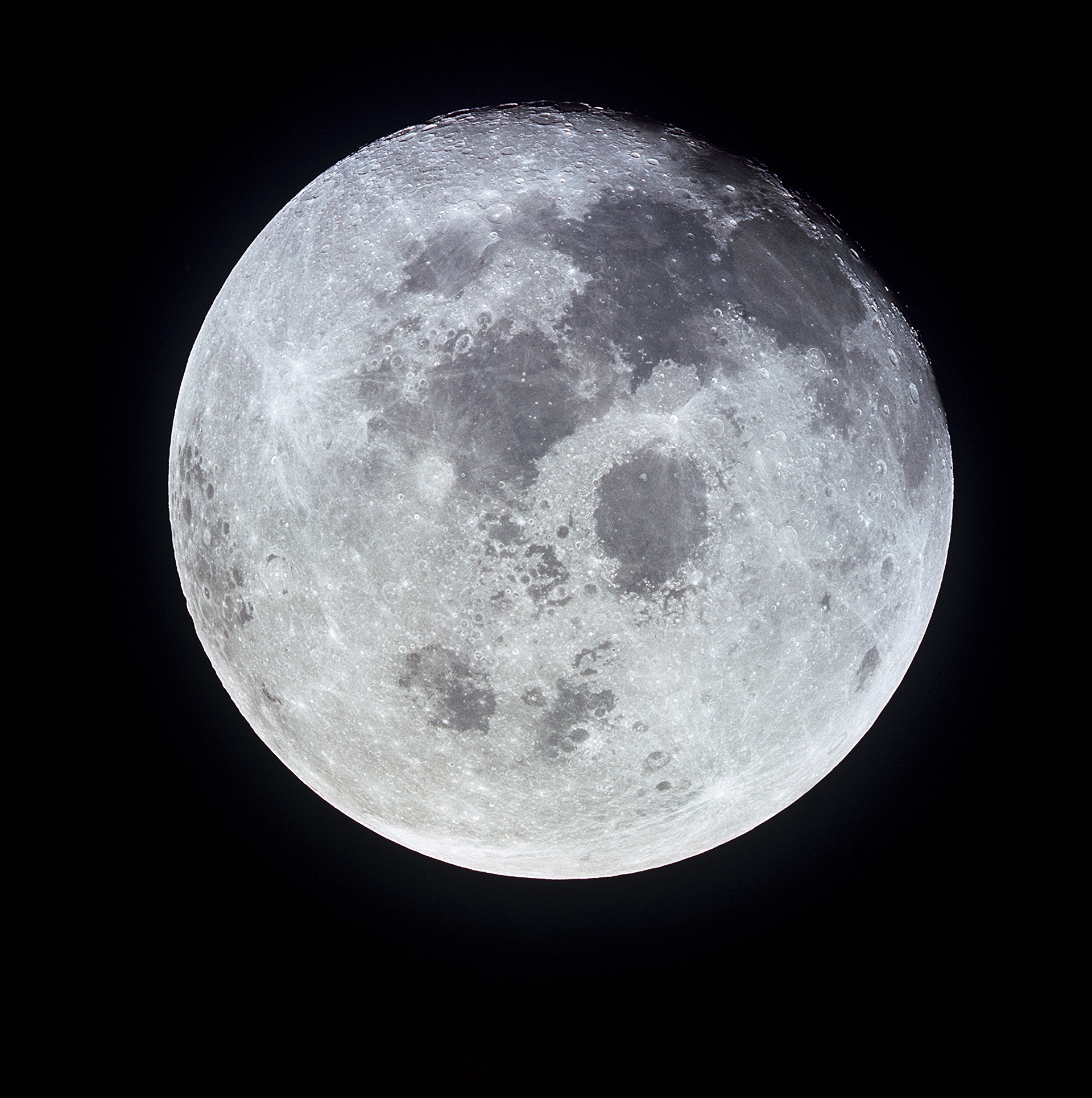
Stargazers are being treated to another spectacular lunar phenomenon with the so-called “super snow moon” tonight.
The phenomenon occurs when the Moon come closest to the Earth during its monthly elliptical orbit, and as a result appears “much bigger and brighter than normal”, the Daily Mirror says.
However, weather forecasters have warned that cloudy and overcast conditions could leave some stargazers disappointed, particularly in Scotland and northern England.
The Week
Escape your echo chamber. Get the facts behind the news, plus analysis from multiple perspectives.

Sign up for The Week's Free Newsletters
From our morning news briefing to a weekly Good News Newsletter, get the best of The Week delivered directly to your inbox.
From our morning news briefing to a weekly Good News Newsletter, get the best of The Week delivered directly to your inbox.
What is the super snow moon?
Supermoons, also know as perigee moons, occur when the Moon is at its closest approach to Earth. During this time, it looks around 15% bigger and up to 30% brighter than a full moon at its furthest point away from our planet.
The “snow” refers to when this supermoon occurs. Each month, the full moon for that period “carries a different name signifying what is most associated with that time”, says CNN.
“This is because centuries ago, lunar months were associated with the changing seasons rather than the solar year,” the news site adds.
A free daily email with the biggest news stories of the day – and the best features from TheWeek.com
Last month brought the “super wolf moon”, a name given to the January full moon by Native Americans and Europeans.
February’s full moon is dubbed the “snow moon” because it is a month associated with heavy snowfall. The next full moon, on 21 March, is known as the worm moon, since this is typically the time of year when the ground begins to thaw and earthworms reappear.
Where can I see it?
The Moon will be at its fullest during daylight hours, peaking at 3.53pm in the south of the UK, but visibility will be better after sunset, at 5.26pm.
The Met Office forcasts that much of southern England will remain clear and dry, resulting in good visibility during the super snow moon, while the north and Scotland will have mostly overcast skies.
“After a chilly start there will be sunny spells for many,” the weather service said in a tweet. “Dull, wet and windy weather will develop over Northern Ireland though, spreading into Scotland, northwest England and Wales later.”
Met Office forecaster Emma Smith added: “Rain coming in from the west will make it a wet day for many access the UK. It really will be quite overcast tonight, although there may be some breaks in clouds for those on the south coast.
“There will be persistent rain in northern England, Scotland and Wales, with heavy downpours of up to 60mm in higher areas.”
-
 The moon is rusting
The moon is rustingUnder the radar The Earth is likely to blame
-
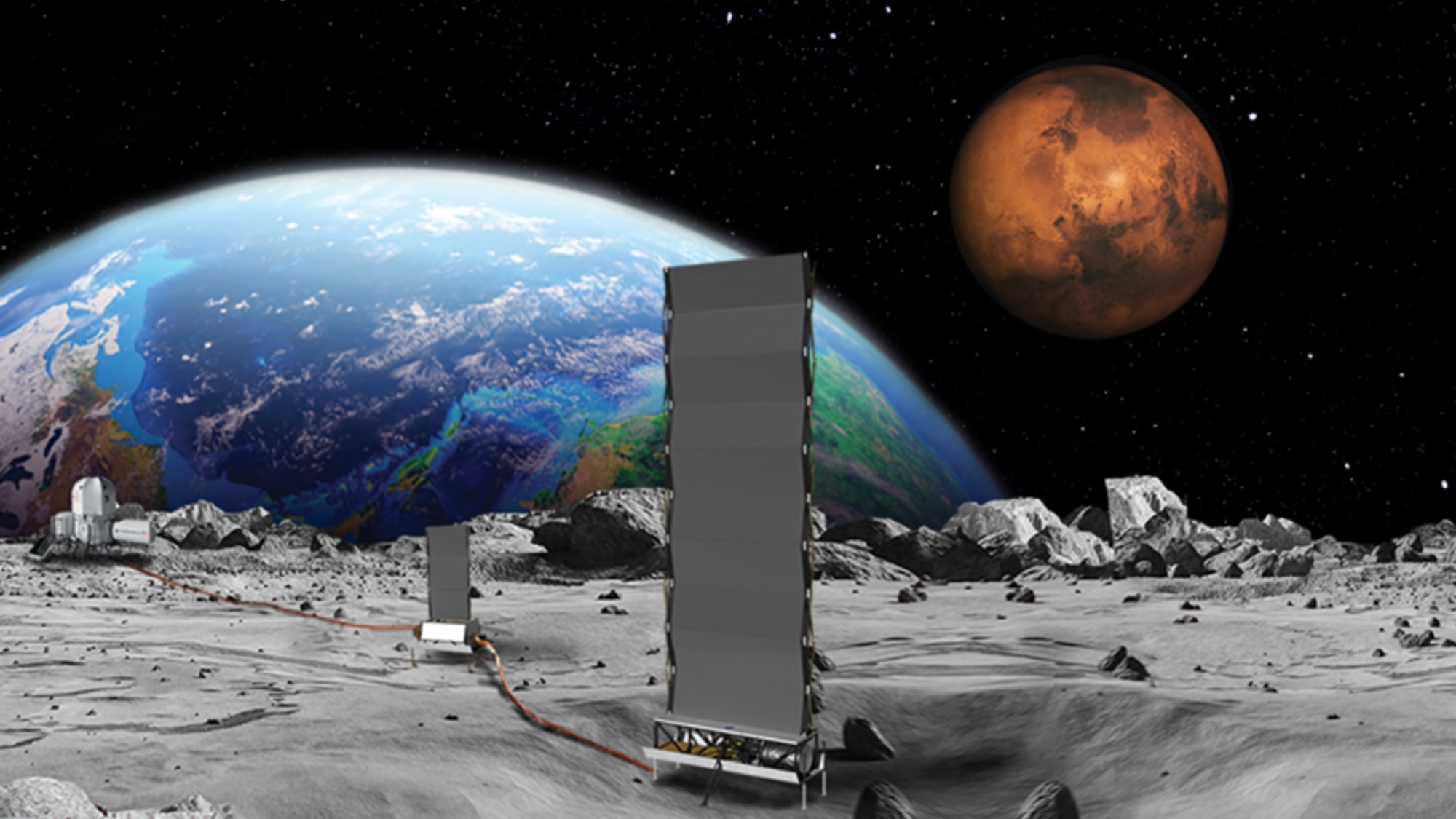 Why does the US want to put nuclear reactors on the moon?
Why does the US want to put nuclear reactors on the moon?Today's Big Question The plans come as NASA is facing significant budget cuts
-
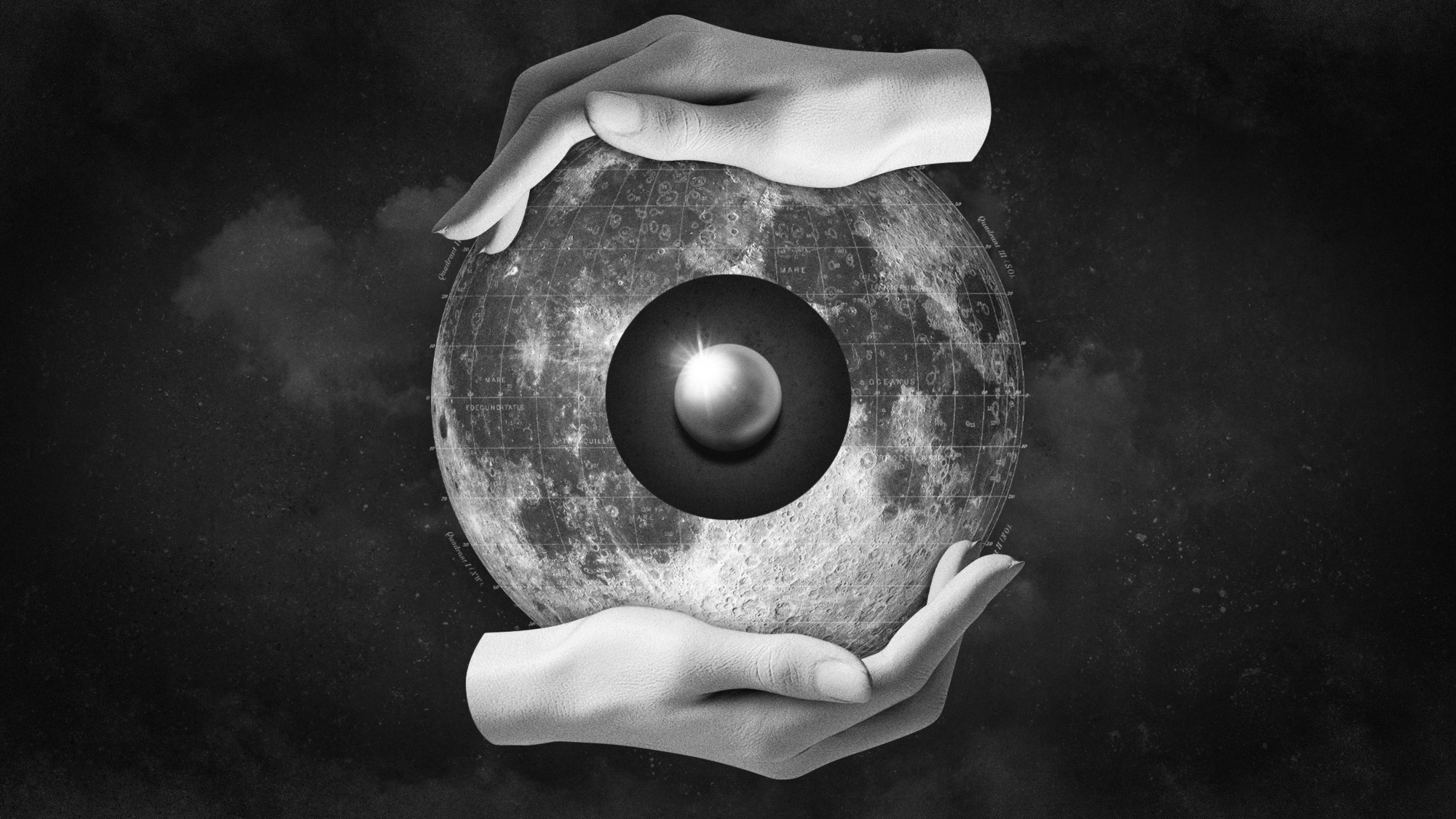 The treasure trove of platinum on the moon
The treasure trove of platinum on the moonUnder the radar This kind of bounty could lead to commercial exploitation
-
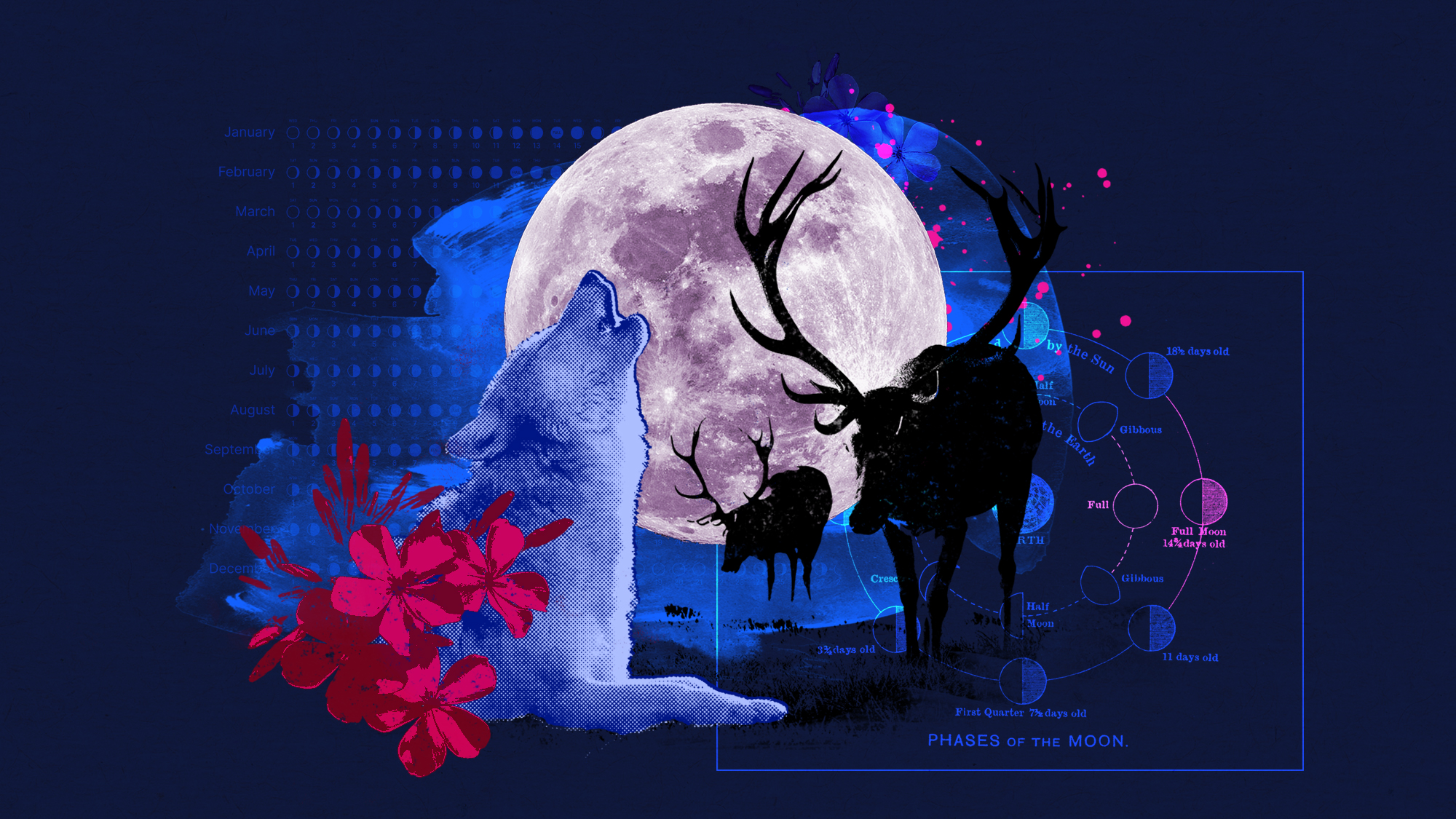 Full moon calendar 2025: when is the next full moon?
Full moon calendar 2025: when is the next full moon?In depth When to see the lunar phenomenon every month
-
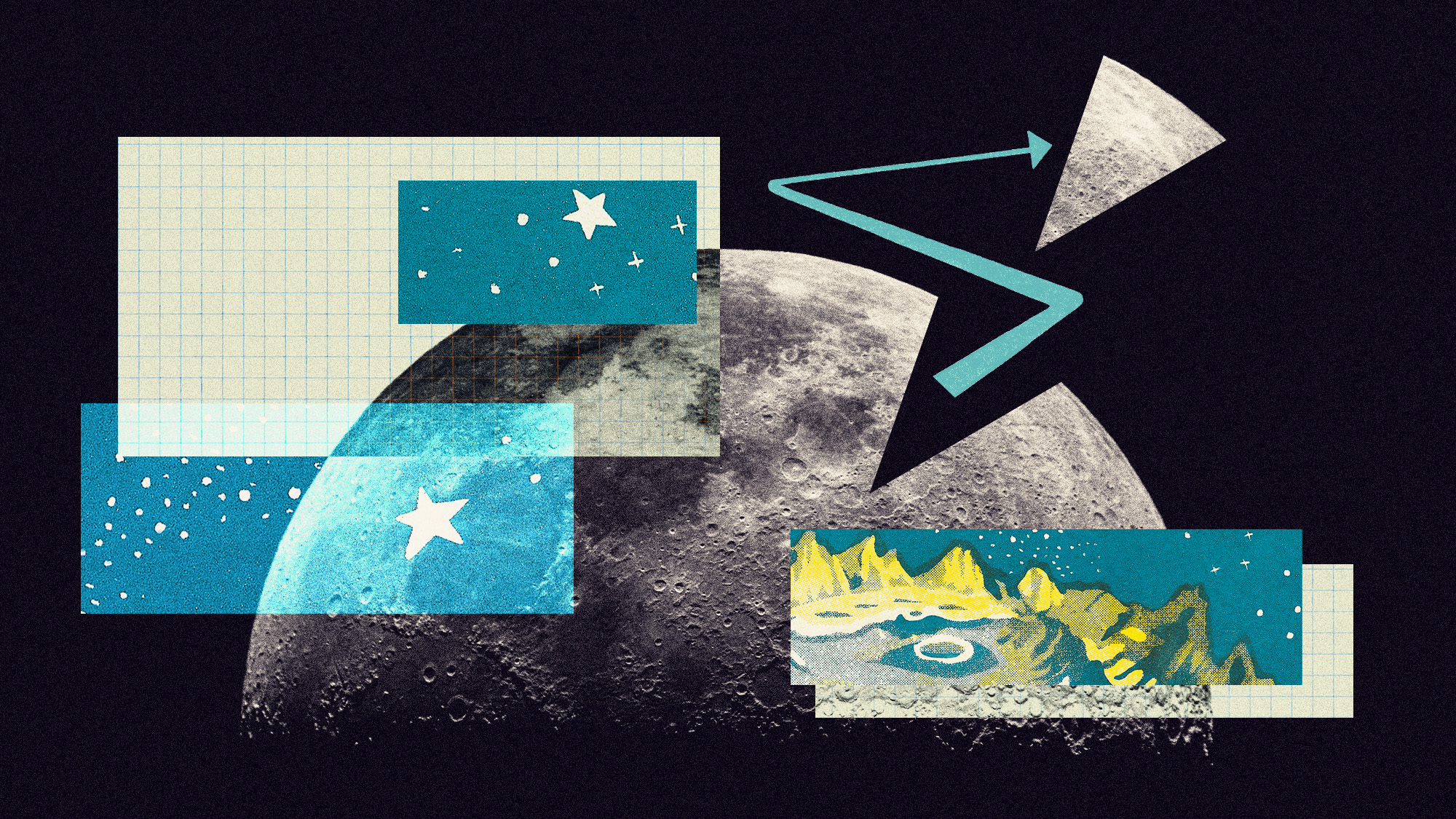 Earth's mini-moon was the moon all along
Earth's mini-moon was the moon all alongUnder the radar More lunar rocks are likely floating in space
-
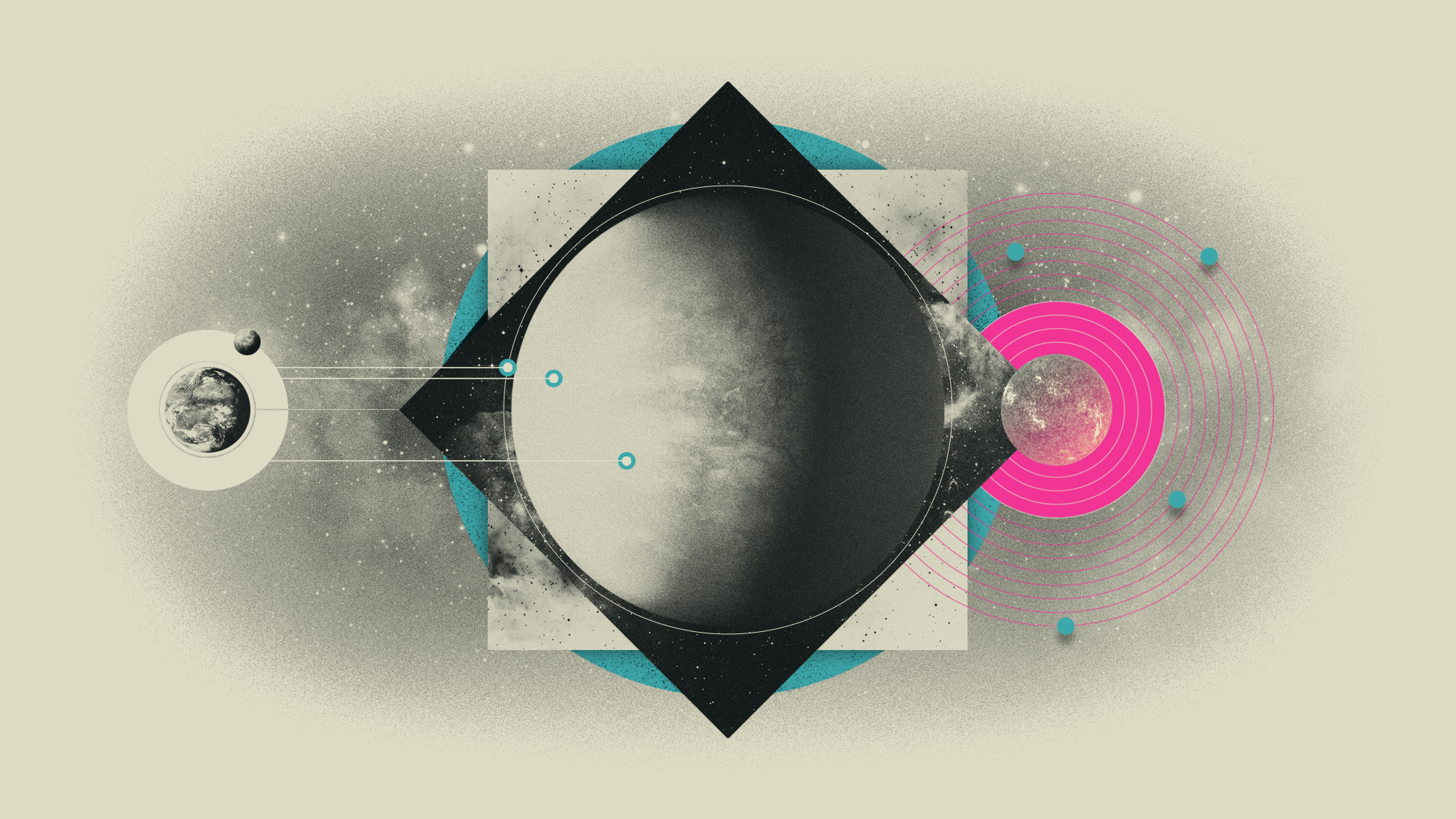 'Super Earth': the exoplanet in the 'habitable zone' for alien life
'Super Earth': the exoplanet in the 'habitable zone' for alien lifeThe Explainer HD 20794 D is located in the 'habitable zone' of a star similar to our Sun
-
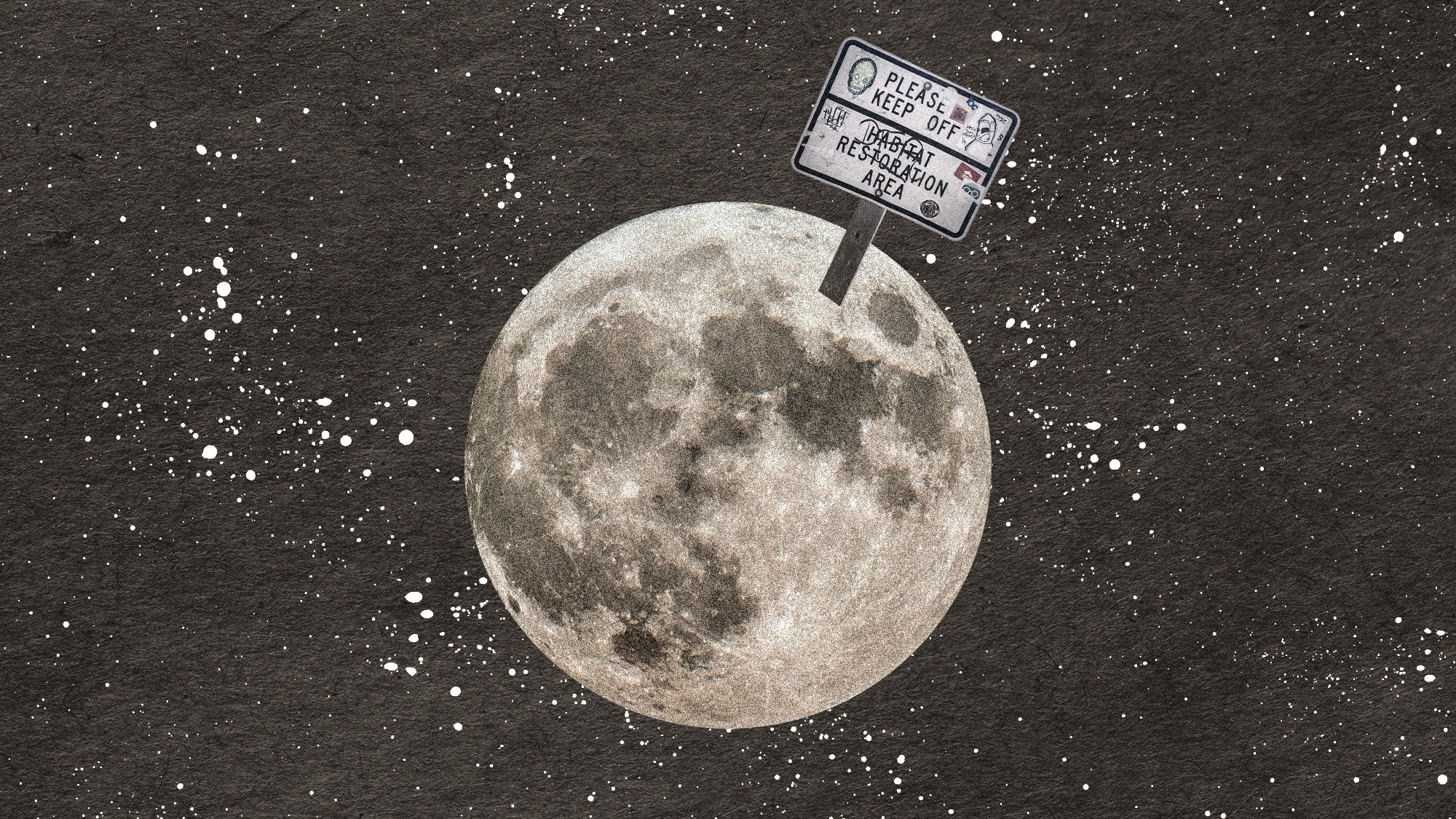 The moon has been listed as a threatened historic site
The moon has been listed as a threatened historic siteUnder the radar Human influence has extended to space
-
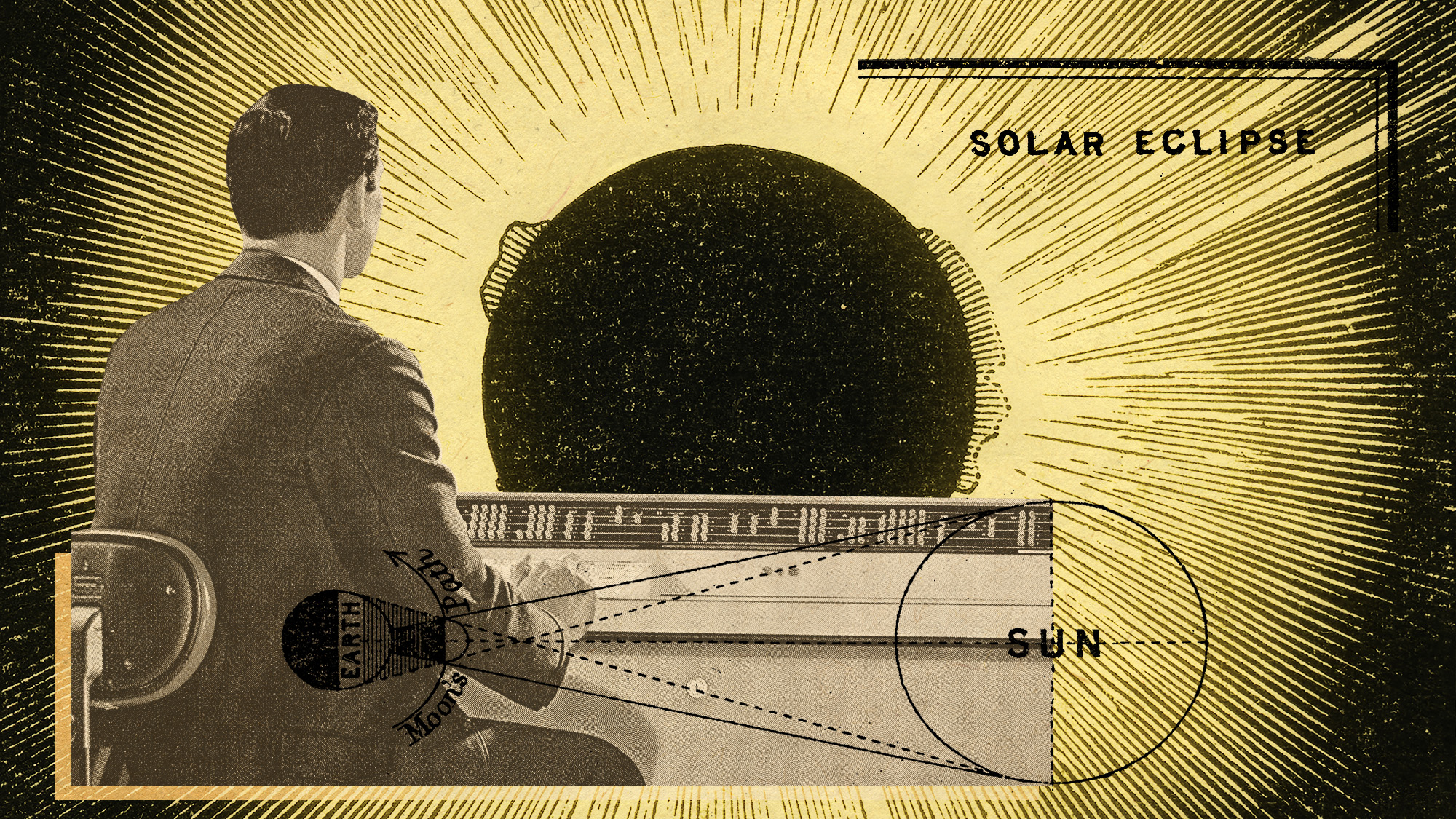 Eclipses 'on demand' mark a new era in solar physics
Eclipses 'on demand' mark a new era in solar physicsUnder the radar The European Space Agency's Proba-3 mission gives scientists the ability to study one of the solar system's most compelling phenomena


